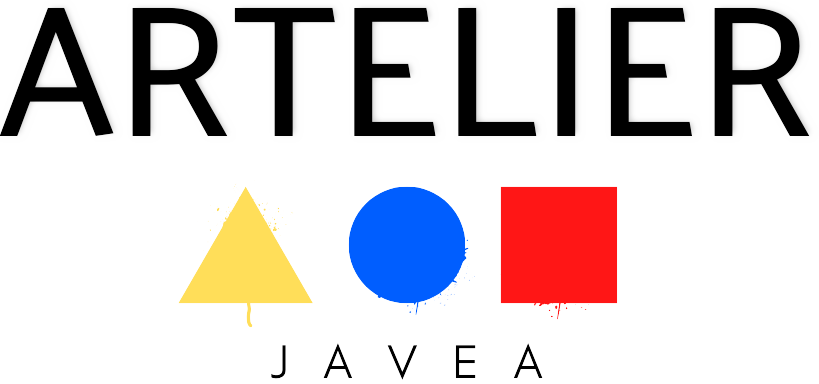Unlock the Power of Art Therapy:
A Path to Emotional Freedom
Art therapy ignites your inner creativity, enhancing your quality of life and well-being.

How Art Therapy Supports Self-Growth
Creativity is more than a tool for relaxation—it’s a path to self-discovery and transformation. Through art, we tap into our subconscious, allowing emotions, memories, and unspoken beliefs to surface in a way that feels natural and safe. It’s a way to see ourselves more clearly, break free from old patterns, and reconnect with what feels true.
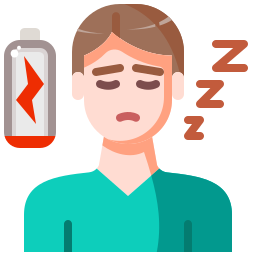
Overcoming Burnout & Emotional Overload
Life often demands too much—of our energy, emotions, and minds. Art therapy offers a space where there’s no pressure, no expectations—just presence. It allows emotions to settle, releasing the weight of exhaustion and stress.
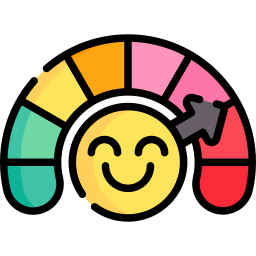
Regulating Emotions & Reducing Reactivity
Creativity engages both logic and intuition, bringing balance to the nervous system. This helps us respond rather than react, making emotions feel less overwhelming and more manageable.

Breaking Free from People-Pleasing & Masking
Many of us adapt to what we think others expect, losing sight of our authentic selves. In art therapy, there’s no need to perform. You don’t have to be "good" at it—you just have to show up. It’s a space where you can exist as you are, without filtering or forcing.
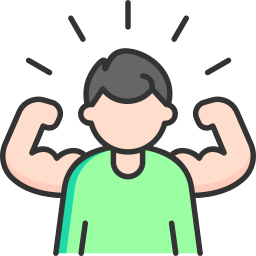
Building Confidence & Self-Worth
When we create, we make something that didn’t exist before. It’s a reflection of our inner world, and that act of creation fosters self-trust and a deeper sense of personal value.

Shifting Addictive Patterns
Whether it’s overthinking, avoidance, or substance-based addictions, these patterns often come from unprocessed emotions. Art therapy provides a healthy, embodied outlet for self-soothing, helping to replace harmful cycles with creative expression.

Enhancing Focus & Cognitive Flexibility
Engaging in art strengthens the brain’s ability to adapt, solve problems, and stay present. This is especially powerful for those with ADHD, as it provides a natural way to improve executive functioning without external pressure.

Processing Grief, Loss & Life Transitions
Some emotions are too big for words. Art creates a container for the unspoken, allowing deep feelings to unfold at their own pace, without forcing them into logic or explanation.
The Origins of This Method
Art therapy as practiced here is based on Person-Oriented Painting (PM), developed by Bettina Egger in Switzerland. It draws from the work of Arno Stern, who first introduced painting as a form of free expression in a protected space.
While Stern’s method was purely non-verbal and process-based, Egger recognized that adults don’t just paint to play—they paint to express something deeper. This led her to develop a structured art therapy approach, incorporating insights from Gestalt therapy and Psychotherapy.
She later co-developed LOM® (Lösungorientiertes Malen / Solution-Oriented Painting), a Trauma Therapy as effective as EMDR, which helps individuals work through subconsciously stored imagery causing blockages and emotional patterns using structured painting processes.
“The unfolding of creativity enables new insights, deeper self-understanding, and expanded life possibilities. Creativity is the foundation for healing.”
Who Can Benefit from Art Therapy?
This approach is for anyone looking to be free from burdening thoughts and emotions, deepen their self-awareness, process Trauma with a little t or a big T safely and effectively, and/or find relief from stress and overwhelm in daily life, work place and relationships.
Art Therapy Can Help With:
- Self-Confidence & Self-Worth – Reconnect with your authentic voice through creativity.
- Creativity & Self-Expression – Find new ways to explore and communicate your inner world.
- Difficult Decisions – Tap into deeper intuition and clarity.
- Children & Teens with Behavioral Challenges – Support emotional regulation and self-awareness.
- Family & Relationship Conflicts – Process emotions in a non-verbal and constructive way, improving/healing relationship dynamics.
- Burnout & Emotional Overload – Release stress and reconnect to yourself.
- Depressive Moods & Emotional Numbness – (Re)Engage with emotion in a safe and structured way & reconnect to your spirit.
- Sleep Issues & Racing Thoughts – Calm the nervous system through creative flow.
- Work & School Challenges – Improve focus, motivation, and self-trust.
- Anxiety, Excessive Fears & Worries – Reduce emotional overwhelm, strengthen resilience & transform fear into calm confidence.
- Life Transitions & Crises – Find grounding in times of change.
- Grief & Loss – Process emotions beyond words. Honouring grief early helps the heart heal.
- Addictive Behaviors & Repetitive Patterns – End the cycle through self-compassion, inner alignment and building a loving relationship with yourself.
Solution-Oriented Art Therapy: Transforming Inner Images
Our minds are shaped by the images we hold—both consciously and unconsciously. Many struggles, whether emotional, mental, or even physical, are linked to distressing inner images that remain imprinted in the brain and every cell of the body. These images, tied to past experiences, fears, or unresolved emotions, can keep us stuck in patterns of anxiety, self-doubt, or emotional overwhelm.
In Solution-Oriented Art Therapy, we work with these inner images in a structured and intentional way. The brain naturally holds onto the most recent image it encounters, meaning that when we create new, independent images that feel neutral or peaceful, we begin to rewire our emotional responses at a deep level.
How It Works
- We explore inner experiences through different approaches — painting memories as seen or as metaphors. Painting thoughts, feelings or symptoms through metaphors, dream imagery, intuitive painting with colour, or abstract expression.
- The brain responds to painted images as if they were real, making the process a safe way to revisit and release what’s stuck.
- The painting process often reveals the root of current symptoms, showing what’s ready to be seen and processed.
This method is particularly effective for:
- Processing difficult emotions in a way that feels safe and natural.
- Reducing anxiety, intrusive thoughts, and emotional triggers.
- Helping with trauma-related distress without needing to relive the experience.
- Shifting subconscious patterns that contribute to burnout, self-doubt, or addictive behaviors.
It’s not about making art look good — it’s about what the process reveals. By working directly with inner imagery, art therapy offers a gentle yet powerful way to create lasting emotional change, unlocking new possibilities for self-awareness, confidence, and emotional balance.
Who Can Benefit?
Art therapy is for anyone looking to understand themselves better, regulate emotions, or explore creativity as a tool for growth. It’s particularly effective for:
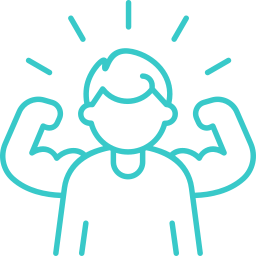
Adults Seeking Clarity & Self-Development
A tool for self-reflection, healing, and personal transformation.

Neurodivergent Individuals (ADHD, Autism, HSP)
Supports focus, executive function, and emotional processing without pressure.

Teens & Children Navigating School & Social Pressures
Helps with confidence, emotional regulation, and self-expression.
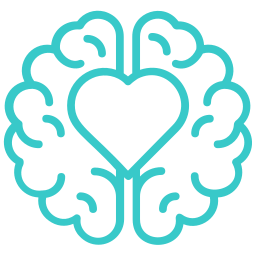
Those Experiencing Burnout, Anxiety, or Emotional Overwhelm
A structured way to reset and regain balance.

Anyone Feeling Stuck or Disconnected
Art therapy reconnects you with your intuition, helping you move forward with clarity.
Try It Out
- Starter Kit: 3 sessions for €200, Pack of 5 sessions 330
- Free 20-min consultation – Schedule a call to learn more!
- 70 Euros per 1 hour, and workshops TBA

How the Brain and Body Store Information
The Brain’s Role in Storing Emotional Experience

Amygdala (emotional alarm system)
This part of the brain is responsible for detecting threats and activating the fight-flight-freeze response. It stores emotional memories, especially ones related to fear and danger, and is often hyperactive when someone has unresolved trauma.

Hippocampus (context + memory)
The hippocampus gives context to events — like time, place, and sequence. In trauma, this function can be disrupted, which is why some memories feel fragmented or timeless.

Prefrontal Cortex (logic + reasoning)
This is the rational, thinking part of the brain. When we’re overwhelmed, the prefrontal cortex goes “offline,” which is why we might not be able to think clearly or make sense of what’s happening. Healing requires bringing this part back into connection with the emotional parts of the brain.
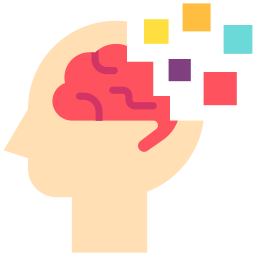
Neuroplasticity (the brain can change)
The good news is the brain is not fixed — it can rewire. Through conscious, embodied processes like art therapy, mindfulness, or somatic practices, we can create new neural pathways that help reframe and release old patterns.
The Body Stores What the Brain Can’t Process
When we go through something that feels overwhelming, and we don’t have the tools or safety to process it at the time, the body holds onto it. This is what people mean when they say: “The body keeps the score.”
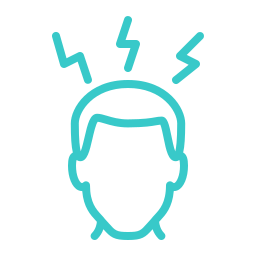
Stored as sensations, tensions, or dis-ease:
Unprocessed emotions can show up as chronic tension, pain, fatigue, or illness. The nervous system stores these unresolved signals in the tissues, muscles, and even the fascia (the connective tissue that wraps around organs and muscles).
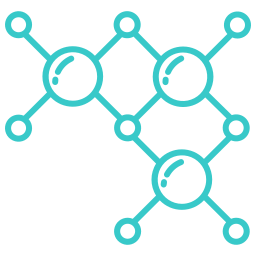
Cells remember patterns:
Every cell in your body has memory. When we revisit a similar emotional experience, even years later, the body may react as if it’s happening again. This is why some reactions seem bigger than the situation — the body is responding based on past imprints.

Fight/Flight/Freeze gets stuck:
If we couldn’t run, fight, or fully express what we felt at the time of an overwhelming event, that energy stays trapped in the system. That’s why emotional healing often involves movement, expression, sound, or creativity — to allow the body to complete what was left unfinished.
Art as a Bridge Between Brain and Body
Art therapy helps access and release what words can’t always reach. Here’s how:
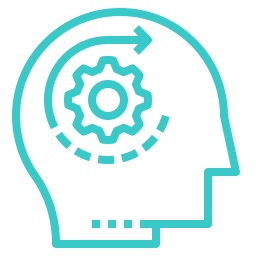
Bypasses logic, accesses the limbic (emotional) brain.
When we paint with the non-dominant hand or follow intuition, we shift away from the rational mind and connect with stored emotional content.

Activates right-brain imagery and metaphor.
The right hemisphere processes images, emotions, metaphors, and intuition — making it easier to express what is felt but not yet understood.
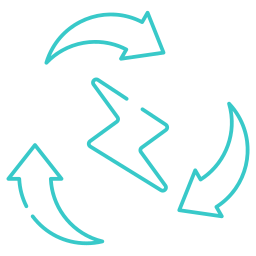
Safe reprocessing of memory.
When we paint a memory or sensation in a safe setting, the brain and body can begin to reprocess the experience, creating new meaning and safety around it.
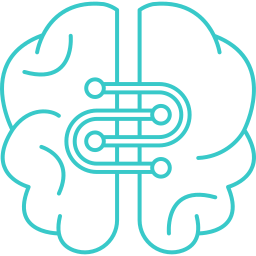
Rewiring through expression.
Expression through painting allows for neuroplastic healing — the formation of new, healthier connections in the brain and nervous system.
